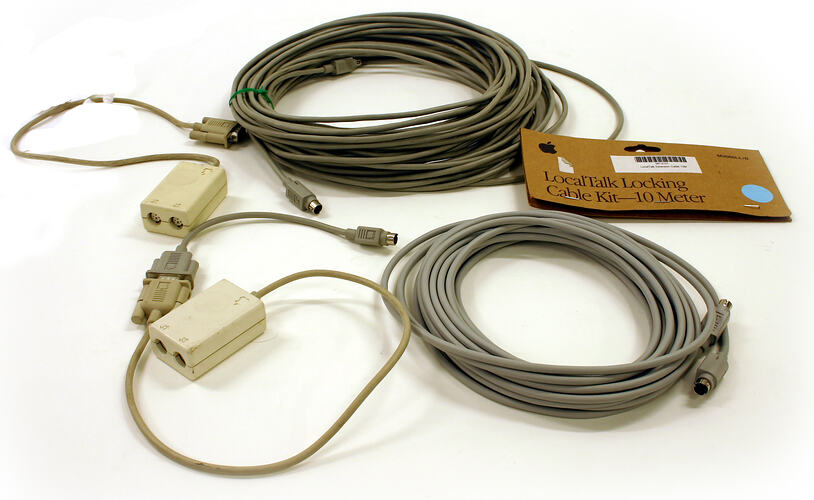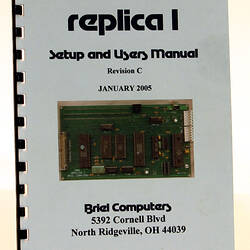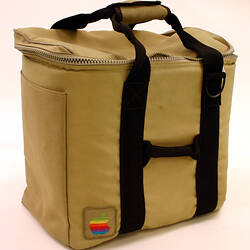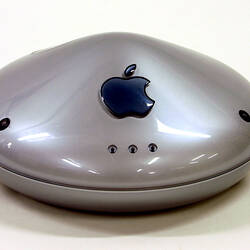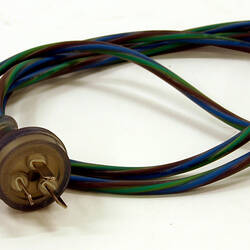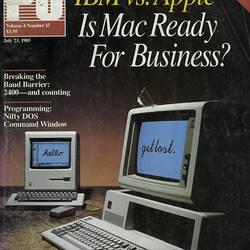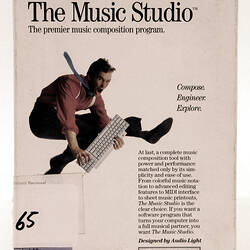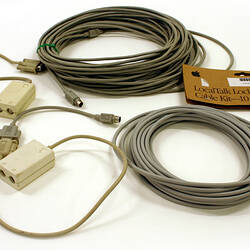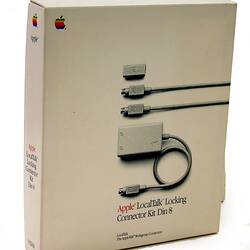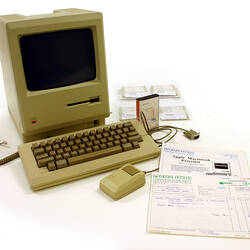Apple introduced an advanced networking system into its Macintosh computers right from the outset. The combination of built-in network hardware, network cabling, specially designed connectors and smart software allowed computers and other devices such as printers to be networked. They were networked in a daisy-chain configuration. This environment, known as 'plug and play' allowed users to plug in any component and instantly use it; this was unmatched by competitors. With the advent of the LaserWriter in 1985, multiple users on a network could share a very expensive printer, and if there were multiple printers on the network, choose which printer to print to. Networking efficiency was an element in the desktop publishing advance that saw Apple technology rapidly move forward. With the establishment of local area networks came a desire and need to share files amongst a group of users. The arrival of the SE30 in 1989, a powerful computer for its day, allowed file sharing to occur economically. The Macintosh operating system supported the sharing of volumes and folders to other computers on the network without recourse to the server software needed on competing computing systems. Ethernet cards could be added to the SE30 to improve the speed of file transfer, as AppleTalk was not useful for larger size files, which by then were common. The all-in-one-box meant that a monitor was always there for network administration, so avoiding more expensive Macintosh options. The SE30 proved to be long lasting and reliable.
More Information
-
Keywords
-
Authors
-
Article types
